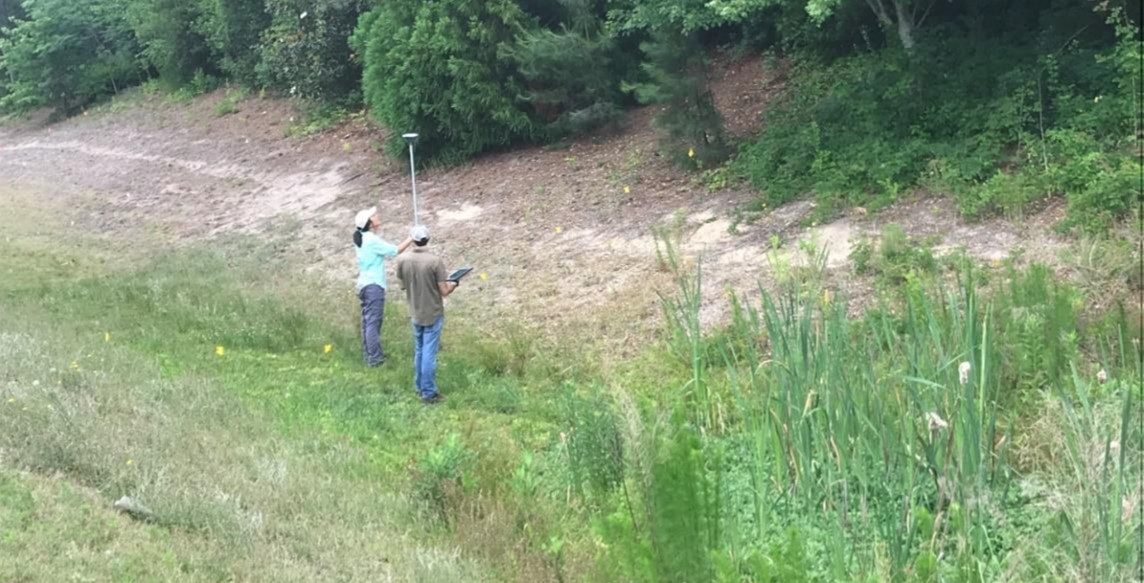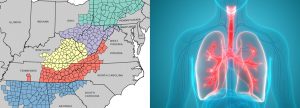Humphrey CP, Iverson G and Nolan M* (2022). Nitrogen Treatment by a Dry Detention Basin with Stormwater Wetland Characteristics. Hydrology 9:85. doi:10.3390/hydrology9050085
Abstract
Dry detention basins (DB) are commonly used to reduce the rate of runoff in urban areas and may provide open space for recreation between storms. However, most are not effective at nitrogen removal in comparison to other measures, such as constructed wetlands. The study goal was to assess the nitrogen treatment efficiency of a DB that exhibited some wetland characteristics, including saturated soil near the inlet and wetland vegetation that covered 40% of the surface area. Influent and effluent samples were collected during multiple stages of eight storm events for nitrogen concentration analyses. High-frequency water stage, pH, dissolved oxygen (DO), and temperature loggers were deployed at the inlet and outlet prior to anticipated rain. As stormwater passed through the DB, the event mean concentrations (EMCs) and masses of TN declined by 20.7% and 52.3%, respectively, while the DO and pH dropped by 62% and 20.5%, respectively. Load reductions of TN exceeding 93% were observed during two small storms with rain depths of less than 0.16 cm and when the outflow volumes were reduced by greater than 82%. Temperature was significantly correlated (p < 0.001; r = 0.964) with volume reductions (via infiltration and evapotranspiration), and, thus, the treatment was better during warmer periods. The DB was effective at removing inorganic nitrogen, likely via nitrification, denitrification, and immobilization, but frequently exported higher EMCs of organic nitrogen. Overall, the DB exceeded the 10% TN removal expectation for dry basins. The findings from this study suggest that the TN treatment efficiency of DBs may be improved by incorporating wetland characteristics.
*Melissa Nolan is a graduate student in the ECU MS Environmental Health (MSEH) Program.



